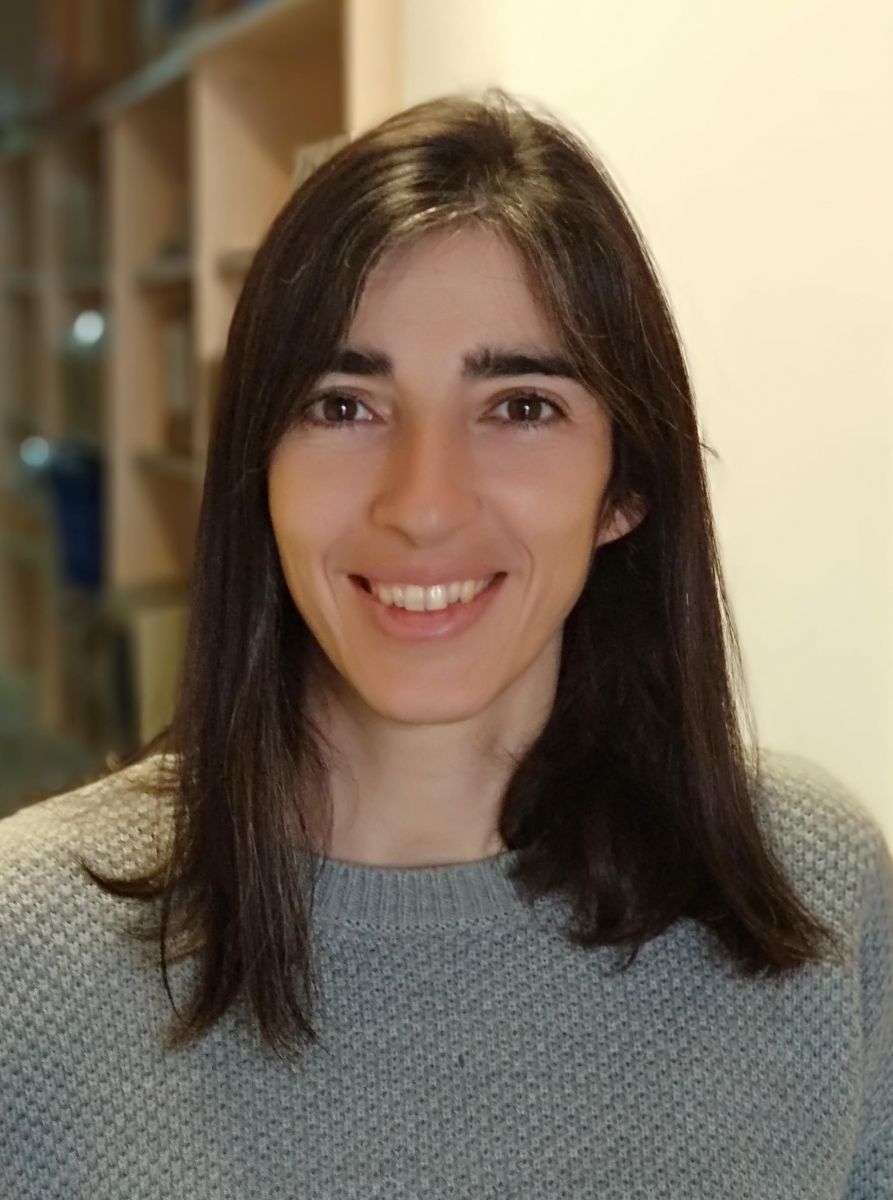 Lucia Gutierrez Marruedo, Ph.D.
Lucia Gutierrez Marruedo, Ph.D.
Professor and Ramón y Cajal Researcher, Department of Analytical Chemistry, University of Zaragoza, Spain
Beyond Classical Magnetic Hyperthermia: From Innovative Characterization Approaches to New Therapeutic Alternatives
Dr. Gutiérrez forms part of the Bionanosurf group, where they work, mainly, developing new diagnostic and therapeutic strategies using nanoparticles.
Most of her ongoing work is devoted to the treatment of pancreatic cancer, especially trying to improve the permeability of the tumor stroma using magnetic hyperthermia. She is also an expert tracking the biodistribution of magnetic nanoparticles in animal models, being able to distinguish them from endogenous iron using magnetic susceptibility measurements. Currently, she is working on the development and validation of new methodologies to characterize magnetic nanoparticles regarding their colorimetric and optical properties.
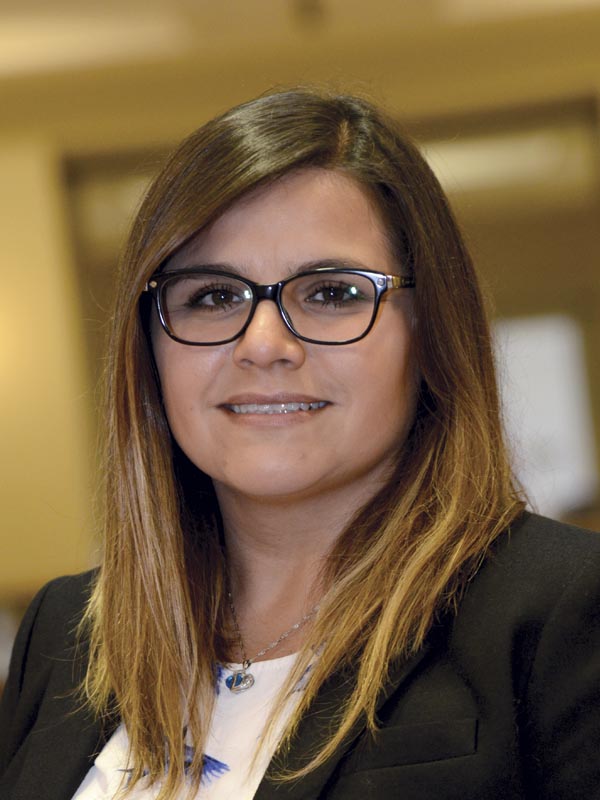 Gabriela Romero Uribe, Ph.D.
Gabriela Romero Uribe, Ph.D.
Assistant Professor, Department of Biomedical Engineering, University of Texas at San Antonio, TX, U.S.A.
Nanomagnetic Actuators for Neural Modulation
Dr. Romero's group focuses on developing exclusive, powerful nanomaterials systems to manipulate cellular signals and behaviors. Engineered stimuli-responsive soft matter and biocompatible nanomaterials are prepared for application in drug delivery.
Her lab investigates 1) the design and fabrication of non-viral, polymer-based carriers that enable the delivery of gene-editing tools across the blood-brain barrier, 2) the development of wireless pharmacological brain stimulation platforms based on magnetic nanoparticles heating effects to release neuromodulatory compounds on-demand and in multiple dosages, and 3) the development of synthetic, polymer-based therapeutics that promote corneal tissue innervation. The hope is that this will turn into general applications in neurogenesis.
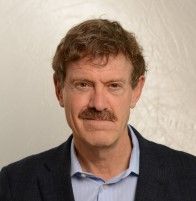 Ron Goldfarb, Ph.D.
Ron Goldfarb, Ph.D.
National Institute of Standards and Technology (NIST), Boulder, CO, U.S.A.
Problems in Magnetic Characterization of Nanoparticles
Ron was leader of the NIST Magnetics Group from 2000 to 2015. From 2015 to 2021 he served as Science Advisor in NIST’s Quantum Electromagnetics Division and as chief editor of the Journal of Research of NIST. His research has concentrated on electromagnetics, instrumentation, and characterization of magnetic and superconducting materials.
In 2004, Ron was elected Fellow of the Institute of Electrical and Electronics Engineers (IEEE). In 2018, he was elected to the IEEE Eta Kappa Nu (HKN) honor society. He was the editor-in-chief of IEEE Transactions on Magnetics (1995−2004) and was the founder and chief editor of IEEE Magnetics Letters (2010−2019). In 2016, he received the IEEE Magnetics Society Distinguished Service Award, and in 2021, he received the IEEE Council on Superconductivity Max Swerdlow Award.
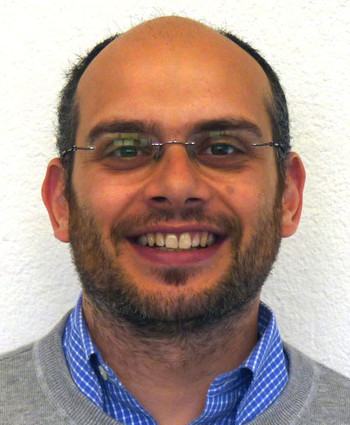 Valerio Scagnoli, Ph.D.
Valerio Scagnoli, Ph.D.
Researcher, Mesoscopic Systems, Paul Scherrer Institute, Federal University of Technology (ETHZ), Zurich, Switzerland
Mapping the Structure and Behaviour of 3D Nanomagnetic Systems
Dr. Scagnoli focuses on the fabrication and characterisation of three dimensional magnetic systems. In particular, in collaboration with colleagues at the Swiss Light Source, he has developed hard X-ray magnetic nanotomography, a technique which provides new possibilities for the mapping of three dimensional magnetic configurations within a variety of magnetic systems with nanoscale resolution. He is now continuing his research looking into three-dimensional magnetic nanostructures and their dynamics. This research could one day lead to new, faster and more efficient technological devices.
To learn more about Valerio's research, read here.
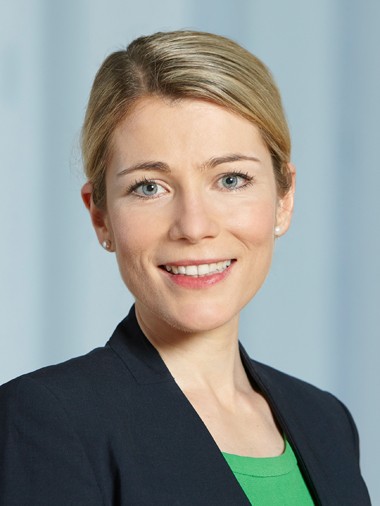 Simone Schürle-Finke, Ph.D.
Simone Schürle-Finke, Ph.D.
Assistant Professor, Department of Health Sciences and Technology, Federal Institute of Technology (ETHZ), Zurich, Switzerland
Engineering Magnetic Nanorobots for Medicine
Simone’s group develops diagnostic and therapeutic systems at the nano- and microscale with the aim to tackle a range of challenging problems in health care. The research focus is twofold: The group develops tools to study disease mechanisms in vitro at the cellular level. They then use this knowledge to inform the design and fabrication of responsive micro-and nanosystems that help diagnose or treat diseases with minimal invasion. These systems react to locally present signals of the disease environment, such as characteristic pH levels or enzymatic activity. Further, these systems are engineered to respond to externally applied stimuli including heat, acoustic, mechanical, or electromagnetic signals, resulting in a diagnostic or therapeutic output.
To learn more about Simone's research, read here.
 Stephen Hart, Ph.D.
Stephen Hart, Ph.D.
Professor, Genetics & Genomic Medicine Department, UCL Institute of Child Health, London, UK
CRISPR - An Introduction to Gene Editing
Dr. Hart develops innovative gene-based treatments for monogenic diseases based mainly on therapeutic RNA strategies such as siRNA, messenger RNA and gene editing. His focus is on improving nucleic acid delivery methods with novel nanoparticle formulations, developing human cell culture models for therapeutic evaluation and evaluating therapies in vivo. He will give us a timely introduction into this hot area, and give us some ideas about where magnetic nanoparticles might be useful in the making and formulating of RNA for gene therapy.
Tutorial on the Basic Physics of Magnetic Particles
.jpg)
Karen Livesey, Ph.D.
Senior Lecturer, School of Information and Physical Sciences (Physics), University of Newcastle, Australia
This year we will also have a tutorial again, to bring everybody up to speed on the physics of magnetic particles. Professor Karen Livesey will teach us from Wednesday to Friday every morning, from 8:45 to 9:15.
Karen is an expert in ferroelectric and multiferroic materials, liquid crystals, magnetic nanoparticles in fluids for microwave and biomedical applications and single molecular magnets, and high frequency linear and nonlinear dynamics of magnetic thin films, elements, and heterostructures. Most importantly, Karen is a wonderful educator (with a great Australian accent - I had to say it). Don't miss these educational sessions - there is always something new to learn!
There will be a handout for these 3 tutorial sessions.
Dr. Livesey's website is available here.

